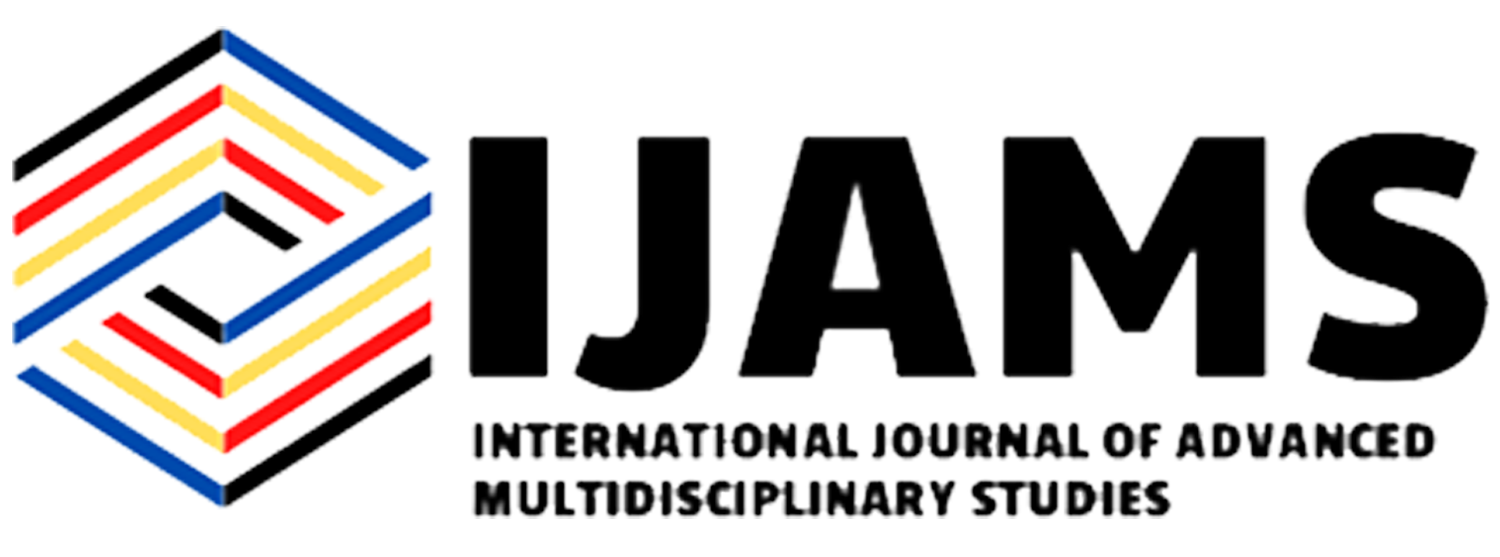ISSN: 2782-893X
eISSN: 2799-0664
 ISSN: 2782- 893X
ISSN: 2782- 893X


Scientific literacy is one of the digital age skills. Personal decision-making requires a thorough understanding of scientific concepts and methodologies. Using spatial and temporal links in learning taxonomies is an example of a basic science process ability. This study used a quasiexperimental methodology and purposefully chose STEM students for the experimental (Flipped Classroom Approach) and control groups (lecture method). The results were t-tested and ANOVA’d. As a result, the flipped classroom emphasizes independent learning, constructivism, and student-centered teaching practices. The study found that both males in the control and experimental groups performed equally well in evolutionary relationships and systematics, but that females in the control group outperformed females in the experimental group. Gender is one of three demands that transcend other social biological factors, according to proponents of selfdetermination theory. To measure learning achievement, students in flipped classrooms and lecture groups must know the measures that inspire them to learn. So the researcher wanted to gauge student motivation. Using an improvised Motivation Learning Questionnaire, the theory’s primary premise was that three psychological demands drive students’ motivation: autonomy, competence, and possibly belongingness. However, the results showed that there was a highly significant difference in the scaled motivation of students in the lecture technique in intrinsic goal orientation, control of learning beliefs, and self-efficacy. Extrinsic goal orientation, task value, and teacher aid did not differ significantly. The flipped classroom approach excelled in learning performance, whereas the lecture technique excelled in extrinsic goal orientation, control of learning attitudes, and self-efficacy.